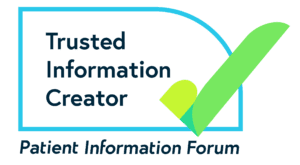Family history of breast cancer
Members of a family may have the same type of cancer. For example, a family history of breast cancer. When we talk about a family history of cancer, we focus on blood relatives (family members), and it does not mean everyone in the family will have cancer.
It’s important to think about family members on both the mother’s and father’s side of the family.
Both mothers and fathers can carry and pass on a changed gene that increases the risk of breast cancer. While a man (someone assigned male at birth) with a changed gene is less likely to develop breast cancer, he can pass the changed gene on to his children.
Having a parent, sibling or child (first degree family member) diagnosed with breast cancer approximately doubles your risk of breast cancer. This could be a family member of any gender.
This risk is higher when more close family members have breast cancer, or if a family member has breast cancer under the age of 50.
But most people who have a close family member with breast cancer will never develop it.
There are guidelines in the UK to help GPs work out who might have an increased risk of breast cancer due to their family history. Read more here.
